Guidelines for the return inspection of your vehicle.
In evaluating damage, we differentiate three different types of damage:
Our way of working
1. Acceptable damage and signs of wear
The truck shows signs of normal use that visually and technically match the overall impression of age and mileage.
2. Substantial damage
The truck exhibits above-average wear or damage that does not fit the overall impression of age and mileage visually and technically. This includes damage to the body, paintwork, bumpers, axles and major assemblies, as well as damage to the interior, load compartment or body of the truck. Correction of such damage is subject to a fee.
3. Technical damage of the vehicle
Technical damage to the vehicle, such as to the engine, transmission, air-conditioning system etc. are subject to a fee.
In determining the reduction in value, the cost of which is to be covered by the customer, both the vehicle age and the vehicle mileage are taken into consideration.
Excluded from this are Operational Leasing agreements. In these cases, technical damage is covered in accordance with the respective scope of the agreement.
On these pages you will find some examples of damage assessment. The overview is by no means complete, but gives a good picture of what we consider to be acceptable and unacceptable damage.
The examples are broken down as follows:
Acceptable damage (free of charge)
Signs of wear
Substantial damage (on account of the customer)
Substantial damage
Technical damage
Maintenance tips
Truck/Rigid
Examples of damage evaluation.Examples of signs of wear and substantial damage.

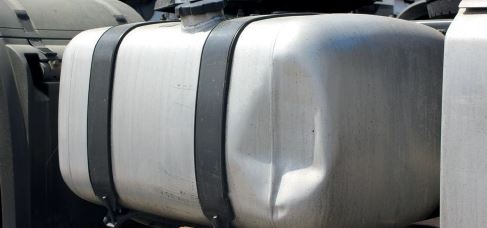
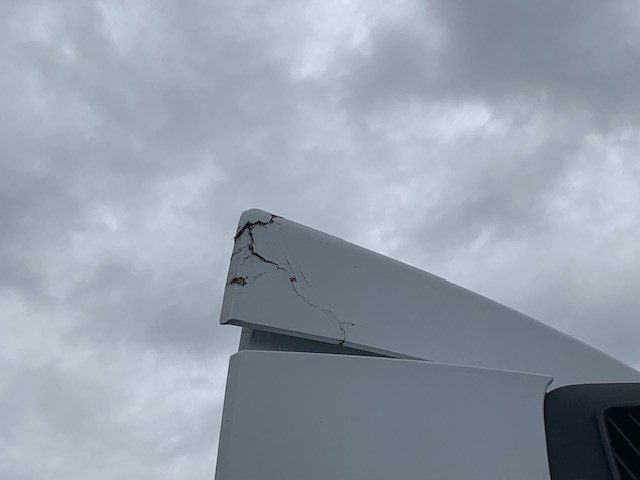
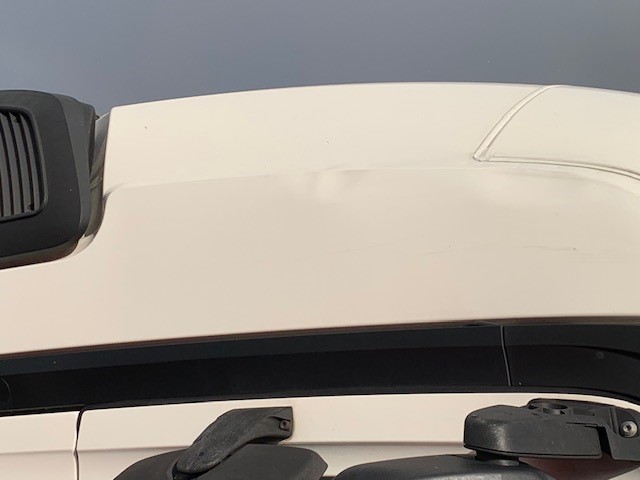

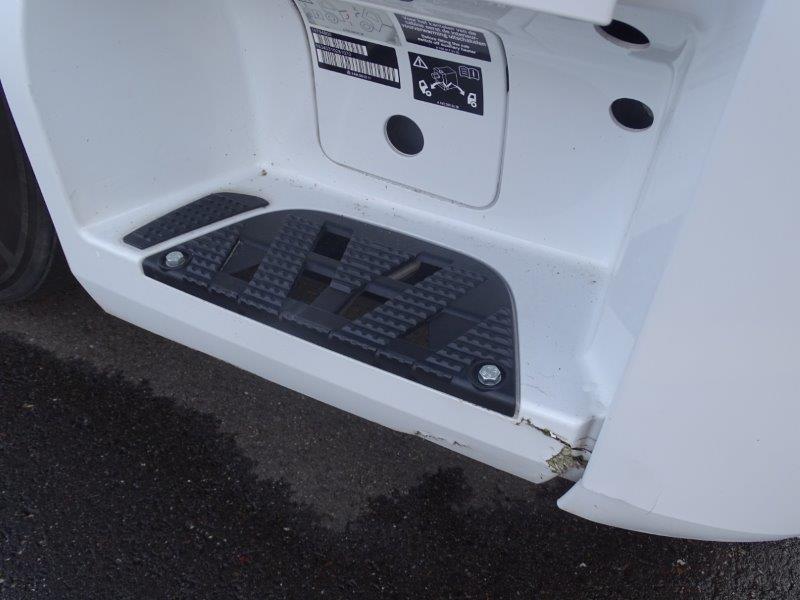
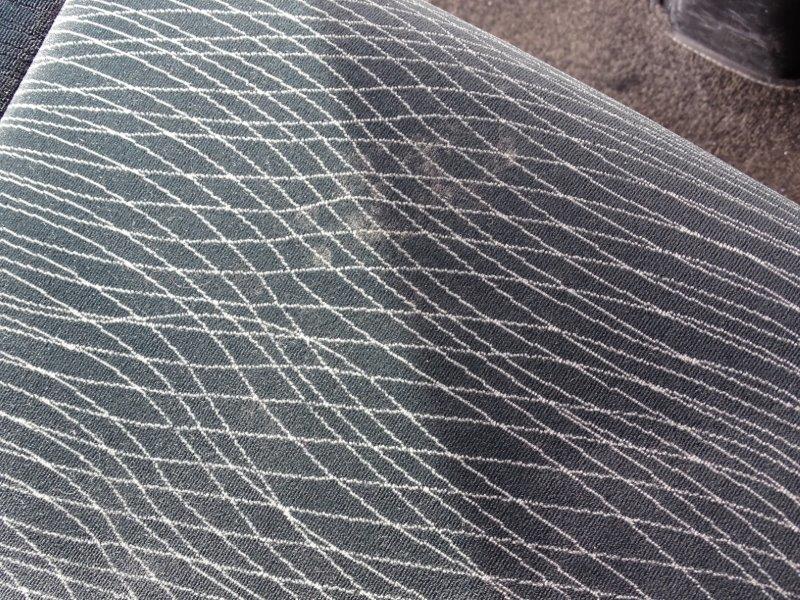
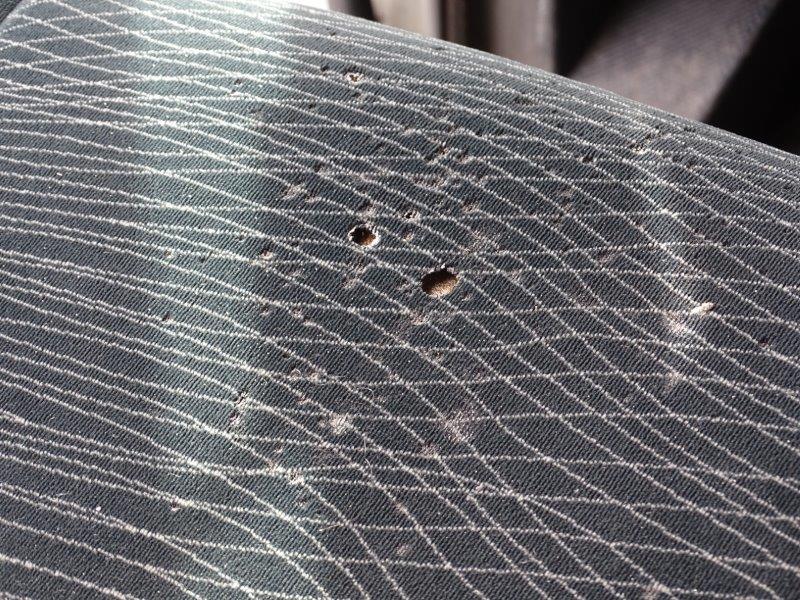
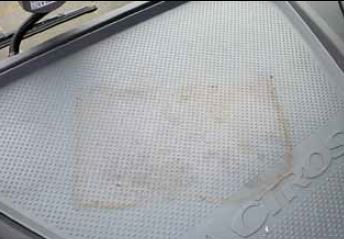

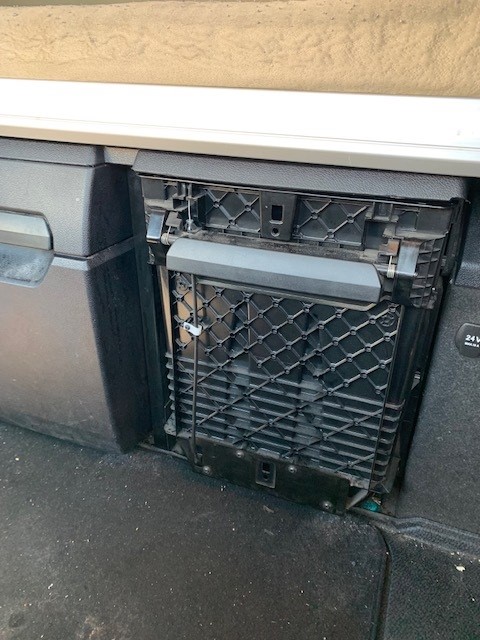

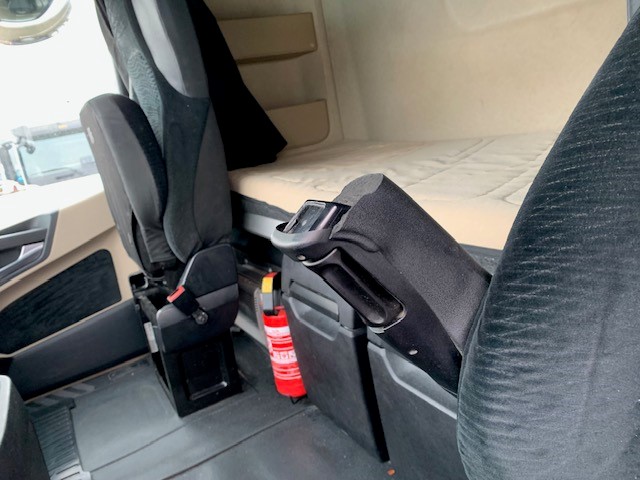


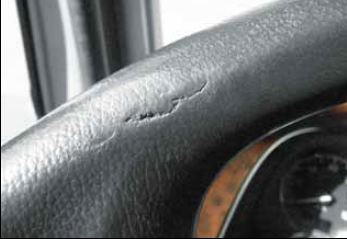
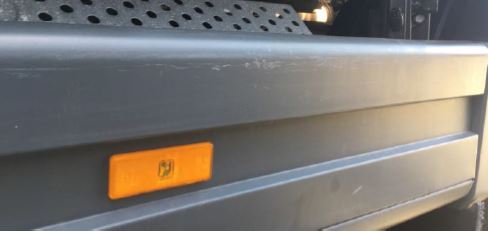
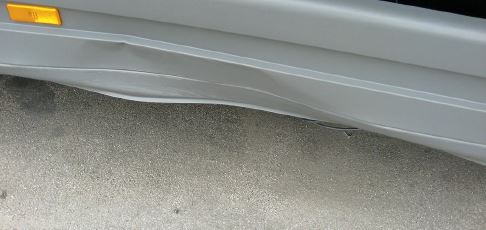

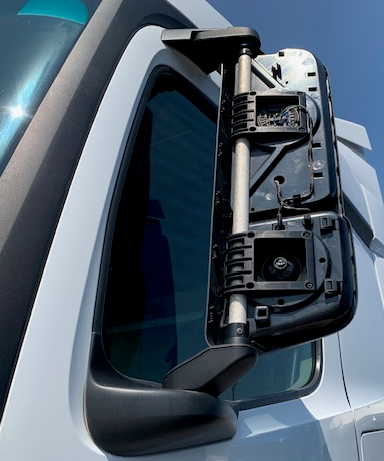
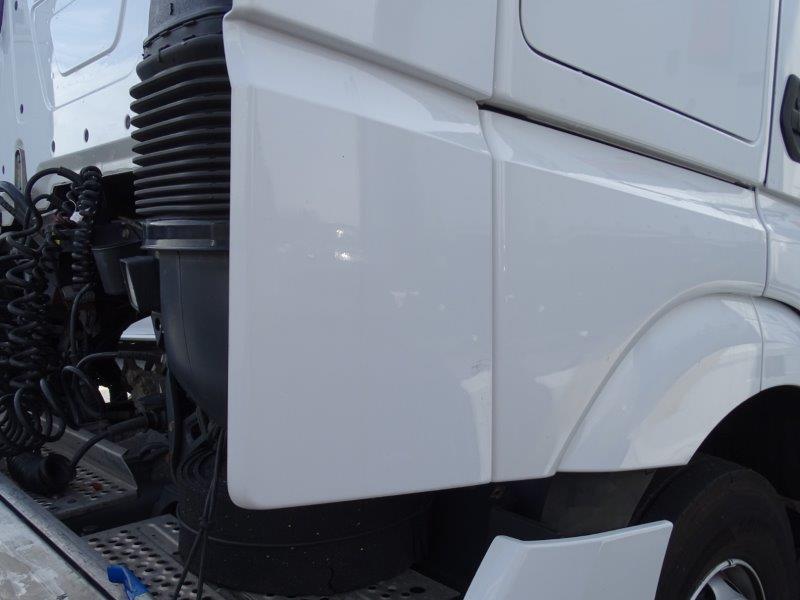
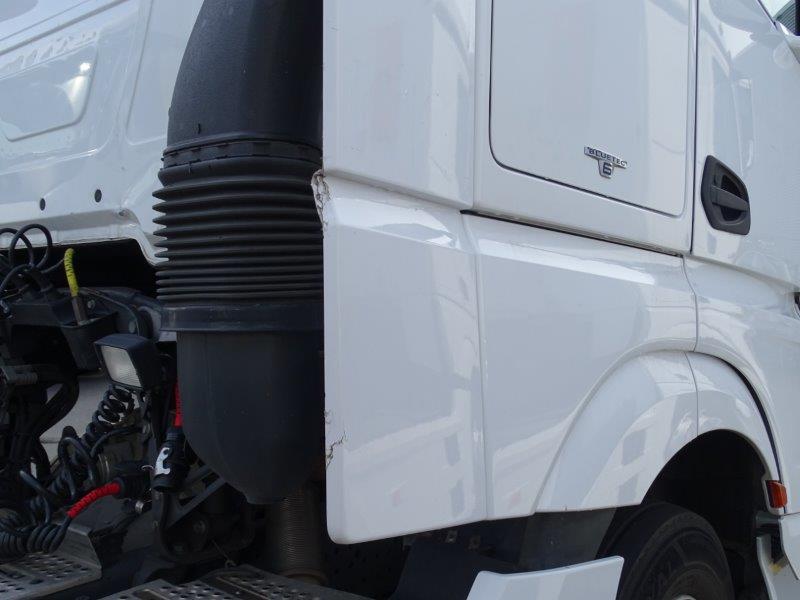
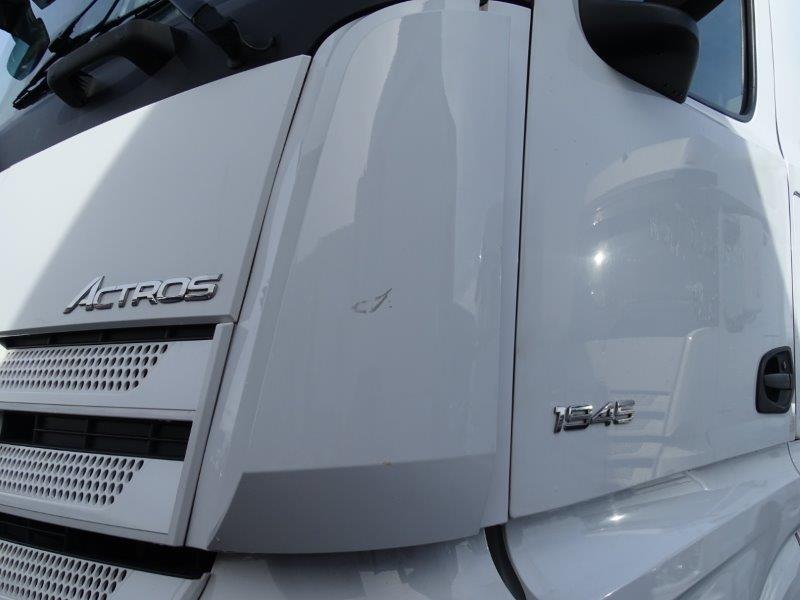

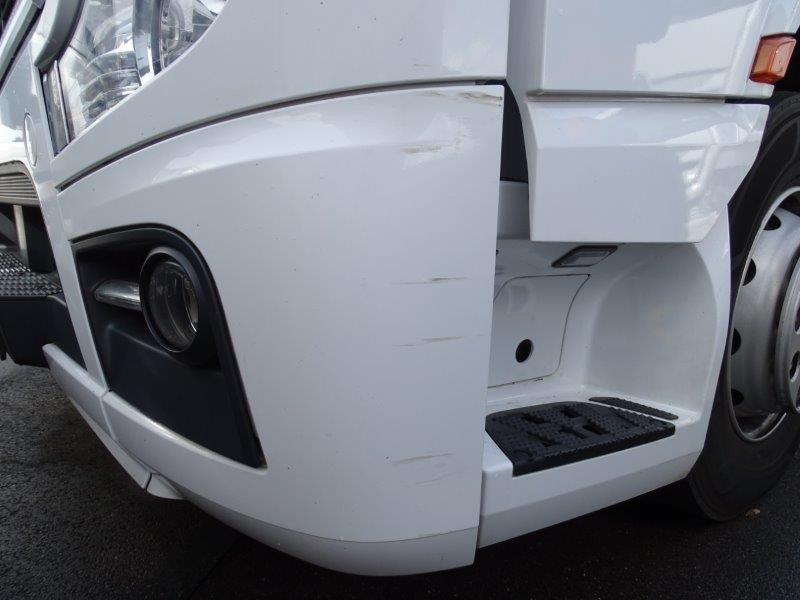

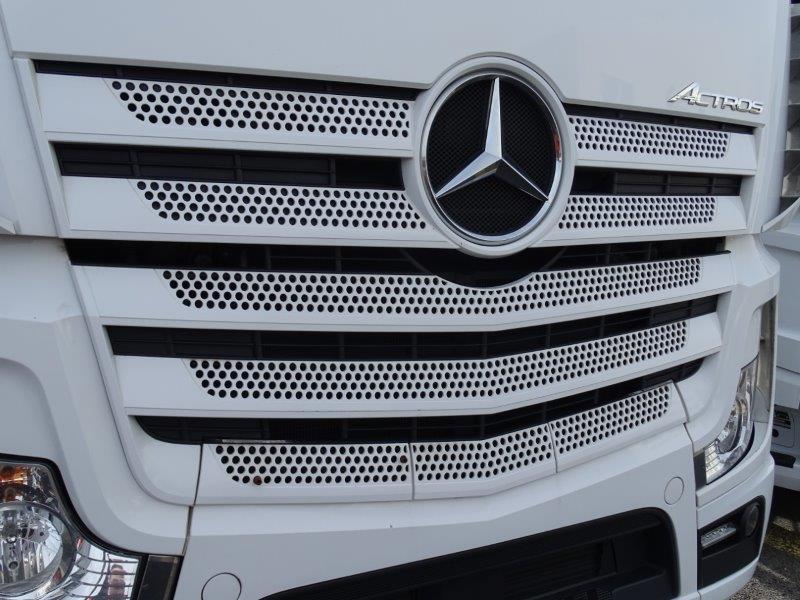
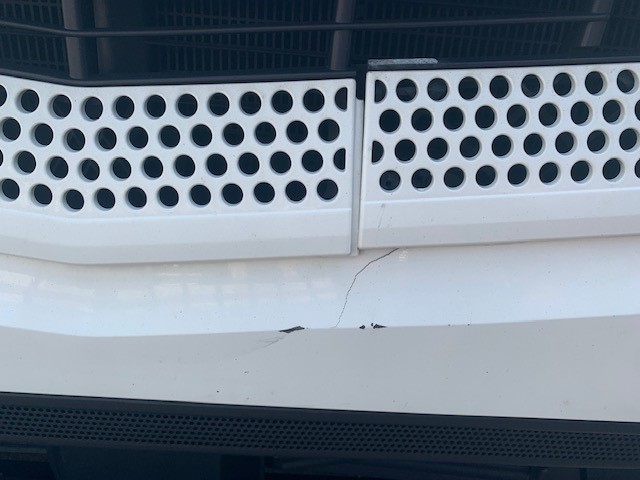
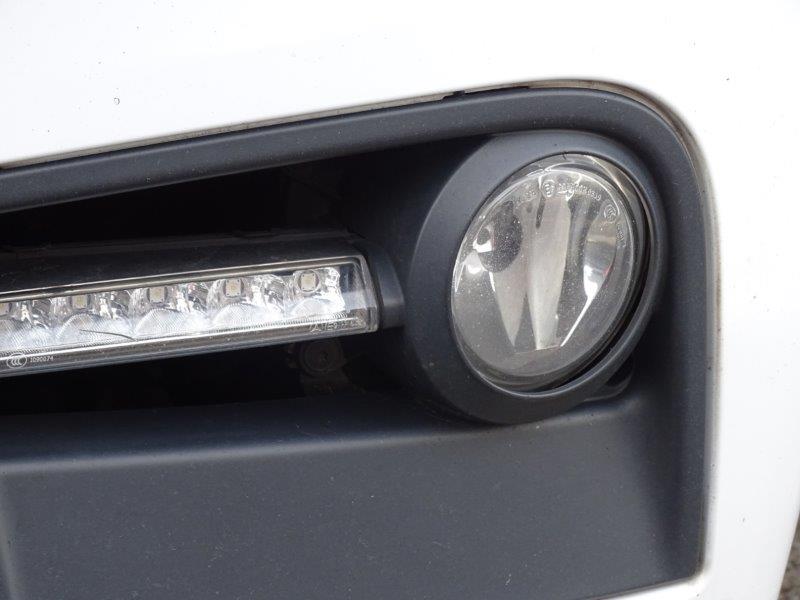
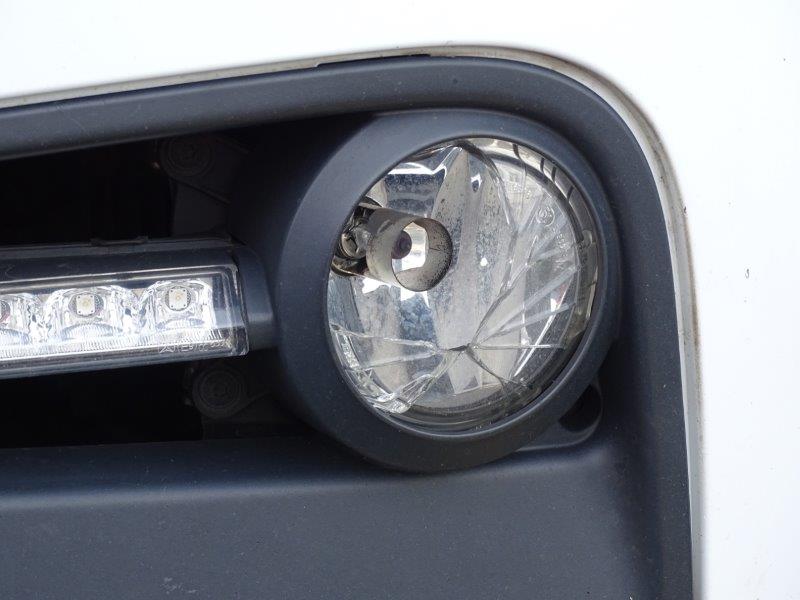
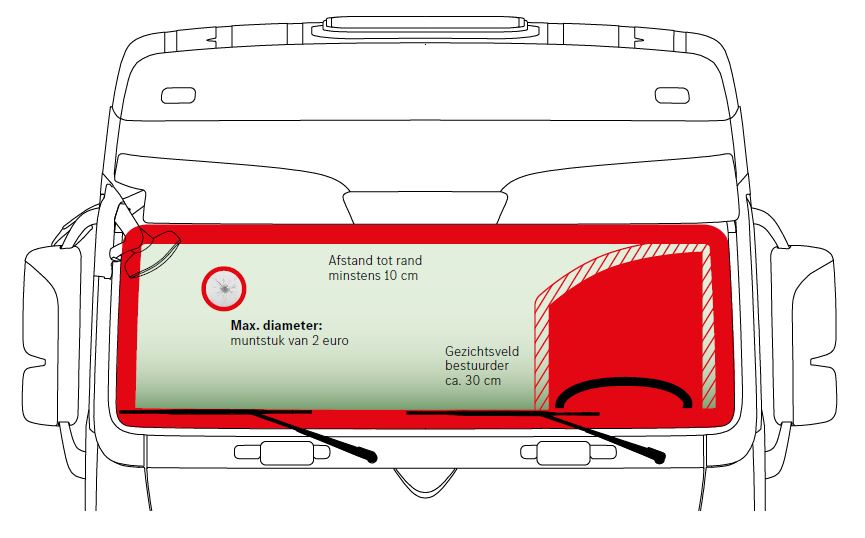
Stone chip outside of driver's field of vision
Stone chip up to max. Ø 2.5 cm (2 euro coin)
Outside of the edge area (approx. 10 cm)

Stone chip within the field of vision (30 cm)
Stone chip larger than Ø 2.5 cm (2 euro coin)
Within the edge area (approx. 10 cm)
Including crack formation
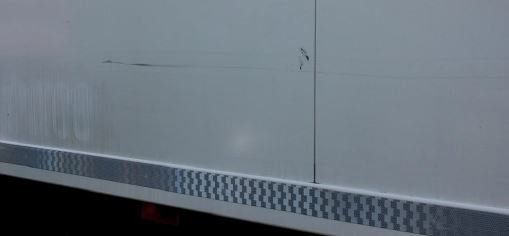

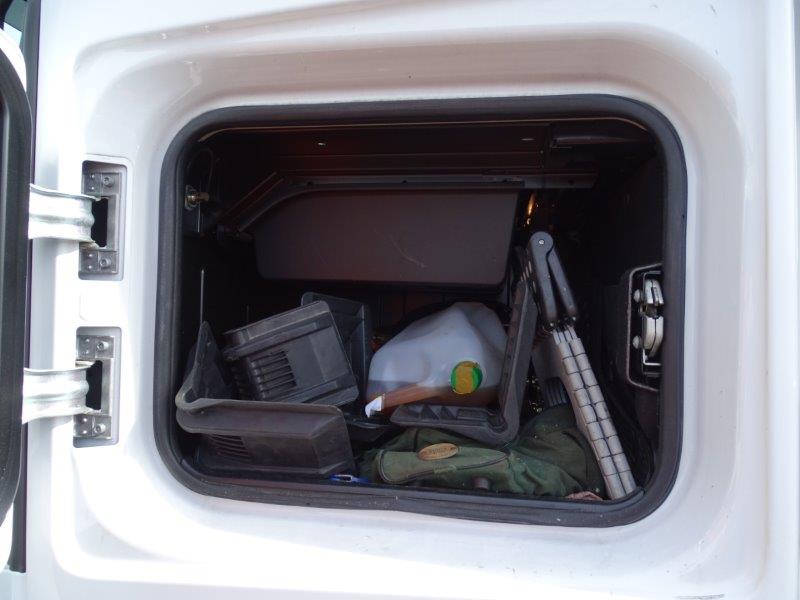
Examples of signs of wear and substantial damage.
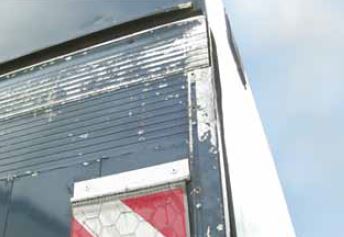

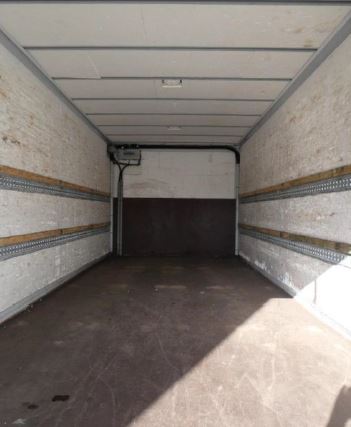
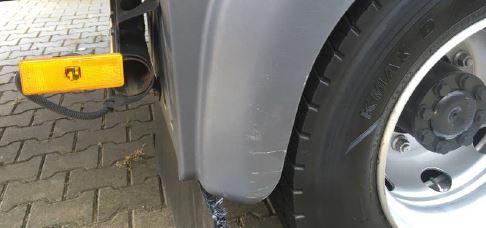


Identical make and type per axle
Spare wheel present

Deep material wear on rim flange
Cuts, brake slip damage
Stone retention, heel/toe wear, cam wear






















